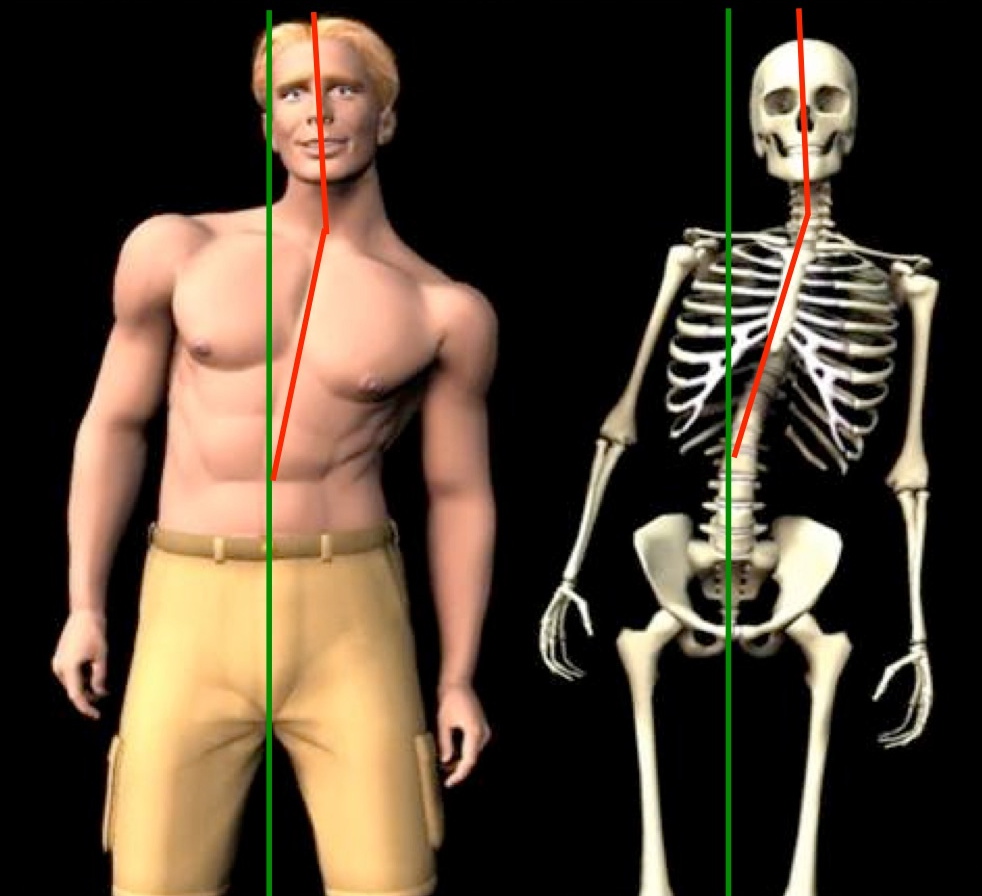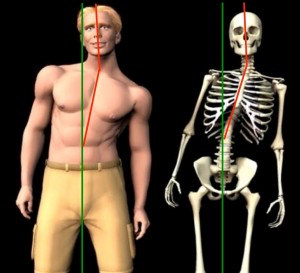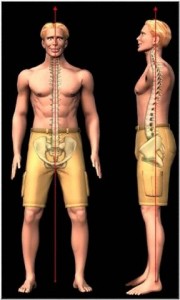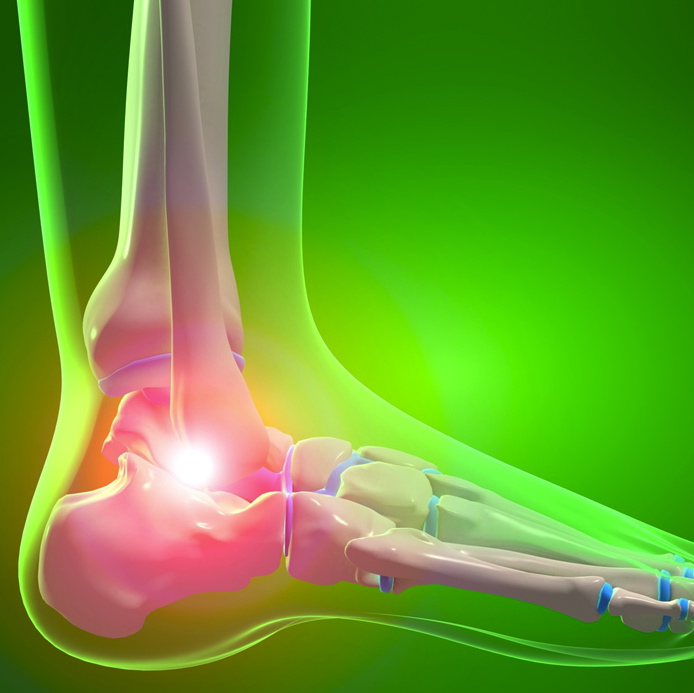
The Development, Evaluation and Treatment of Musculoskeletal Disorders: Part 2 The Evaluation of Musculoskeletal Pain
When you consult a chiropractor, orthopedist, or physical therapist for pain, you should be concerned about what is evaluated during your examination so the underlying cause of your problem is determined and the recommended treatment will correct the problem.
As we discussed in Part 1, injuries causing misalignments, abnormal motor control, and muscle inhibition are the major biomechanical reasons why people develop musculoskeletal pain. These are very important factors that need to be evaluated in any examination of musculoskeletal pain. We will discuss why these are the most important factors that need to be assessed during an examination and how they are performed.
Assessment of Posture and Spine Alignment
The evaluation of posture and spinal alignment is by far one of the most important parts of any examination. Posture is one of the most common studied topics in the medical field with over 65,000 studies on the subject(1). Many of these studies have documented the importance of normal posture and the subsequent pain, joint degeneration, and other adverse health effects of abnormal posture.
Normal Aligned Posture and Spine

Misaligned Posture and Spine
There is a shifting (translation) misalignment
of the thorax and head relative to the pelvis.
Posture assessment and x-rays are the two ways we evaluate alignment. Posture assessment is performed by observing the patient in their natural standing position. This will reveal if there are any shifting (translation), twisting or tilting (rotation) misalignments of the pelvis, thorax (ribcage) or head relative to each other. X-rays are also performed with the patient in their natural standing position. X-rays help determine if there are any misalignments of the spinal vertebrae. They also show if there is any arthritis, disc degeneration, or other pathology of the spine. X-rays are cross-correlated with the posture assessment to determine the exact misalignment pattern. This is absolutely critical because this information will determine what type of chiropractic adjustments and in which direction the adjustments (and corrective exercises) must be made in order to restore normal alignment.
Assessment of Mobility
Mobility, or freedom of joint movement, is another very important aspect of the examination process. Normal degrees of mobility should fall within a certain range throughout all joints of the body. The range of mobility should also be symmetrical. Hip flexion, for example, should be 120 degrees (normal range) and equal on both the right and left side (symmetrical).
If there is a musculoskeletal problem causing pain, there is usually a loss of joint mobility in the painful area or in other areas distant to the site of pain. We assess mobility actively and passively. When assessing active mobility, THE PATIENT moves a particular joint or body part so we can observe their range of movement. When assessing passive mobility, the patient is relaxed (usually lying down) while THE DOCTOR moves a particular joint or body part so we can observe their range of movement. Determining if there is a mobility problem helps us determine what tissues may be involved and what treatment and corrective exercise may be required to restore normal mobility.
Assessment of Motor Control and Muscle Inhibition
Injuries and misalignments can lead to abnormal patterns of muscle inhibition and motor (muscle) control(2). If a joint becomes injured or misaligned, the subsequent swelling or ligament damage causes the nervous system to automatically send signals to reduce strength in certain muscles (inhibition) and increase strength in other muscles (facilitation) to reduce stress in the area.
We can assess for the presence of muscle inhibition by testing the strength of various muscles we suspect may be problematic. We can assess for abnormal motor control by analyzing various types of movement. Determining if there is muscle inhibition and abnormal motor control helps us determine what muscles will require treatment and what muscles require corrective exercise to improve strength and restore normal motor control.
What Does a Diagnosis Really Mean?
The purpose of most examinations is to arrive at a diagnosis. A diagnosis is the naming of a group of symptoms based on the case history, orthopedic tests, specialized imaging (MRI, X-ray, etc.), or other testing. A diagnosis may be necessary for insurance reimbursement, but it does not always help in determining the underlying cause of the problem or the appropriate treatment plan. An examination may lead to a diagnosis of rotator cuff syndrome, herniated disc, or plantar fasciitis, but it DOES NOT TELL WHAT IS CAUSING OF THE PROBLEM. This is why a thorough evaluation of alignment, mobility, and motor control is necessary so the underlying cause of the problem can be identified and the appropriate treatment can be implemented to correct the problem.
In Part 3, we will discuss the treatment methods we use to correct alignment, mobility, muscle inhibition and motor control.
References:



